Sealife guideThe Myliobatiformes orderThe taxonomy of marine species
Explore the taxonomy of the sea vertebrates including the cetaceans like the whales or the dolphins, the sea birds, the fish, the sharks and the sea turtles !
The Aetobatidae family includes the leopard rays, which were previously classified under Myliobatidae family. They are distinguished by their long, protruding snouts, slender bodies and characteristic spotted patterns. These powerful swimmers inhabit open water and primarily feed on mollusks and crustaceans, which they crush using strong dental plates.
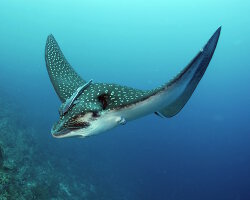
Atlantic white-spotted eagle ray
(Aetobatus narinari)
(Aetobatus narinari)

Pacific white-spotted eagle ray
(Aetobatus laticeps)
(Aetobatus laticeps)
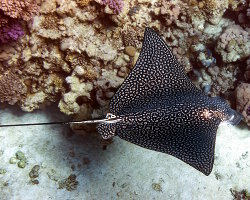
Spotted eagle ray
(Aetobatus ocellatus)
(Aetobatus ocellatus)
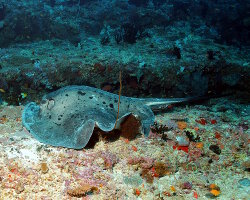
Black blotched stingray
(Taeniura meyeni)
(Taeniura meyeni)
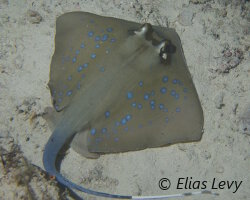
Blue spotted stingray
(Neotrygon kuhlii)
(Neotrygon kuhlii)
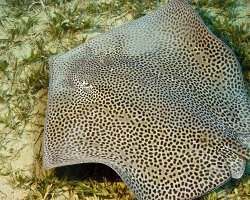
Darkspotted stingray
(Himantura uarnak)
(Himantura uarnak)
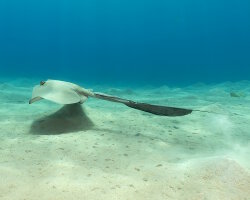
Fantail stingray
(Pastinachus sephen)
(Pastinachus sephen)
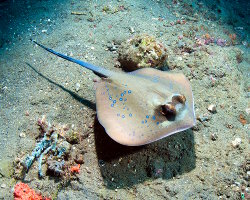
Ribbontail stingray
(Taeniura lymma)
(Taeniura lymma)

Southern stingray
(Dasyatis americana)
(Dasyatis americana)
The Mobulidae family includes manta rays and devil rays, some of the largest rays in the world. They are characterized by their broad, wing-like pectoral fins, forward-facing cephalic lobes, and their filter-feeding behavior, which allows them to consume plankton. Mostly pelagic, these species live in open water and are capable of traveling long distances
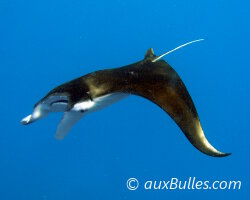
Giant manta
(Mobula birostris)
(Mobula birostris)

Reef manta ray
(Mobula alfredi)
(Mobula alfredi)
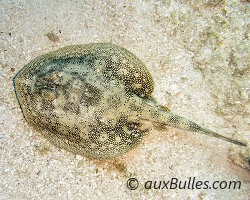
Yellow stingray
(Urobatis jamaicensis)
(Urobatis jamaicensis)
Our latestUpdates
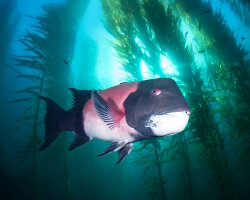
Thursday, October 2nd 2025
The California sheephead
Discover the California sheephead, a colorful fish of the eastern Pacific. Learn about its appearance, diet, habitat in kelp forests, unique sex-changing ability and role in marine ecosystems.

Monday, September 29th 2025
The banded guitarfish
Discover the banded guitarfish, a benthic eastern Pacific species with unique camouflage, living on sandy and rocky bottoms.
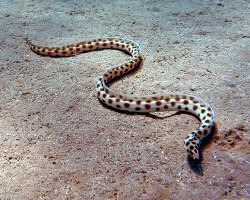
Thursday, September 25th 2025
The tiger snake eel
Explore the tiger snake eel (Myrichthys maculosus), featuring a creamy to pale yellow body dotted with black spots, and learn about its habitat, behavior and role in coral reef ecosystems.
Photo of the Day

Salmacine
(Filograna implexa)
(Filograna implexa)
